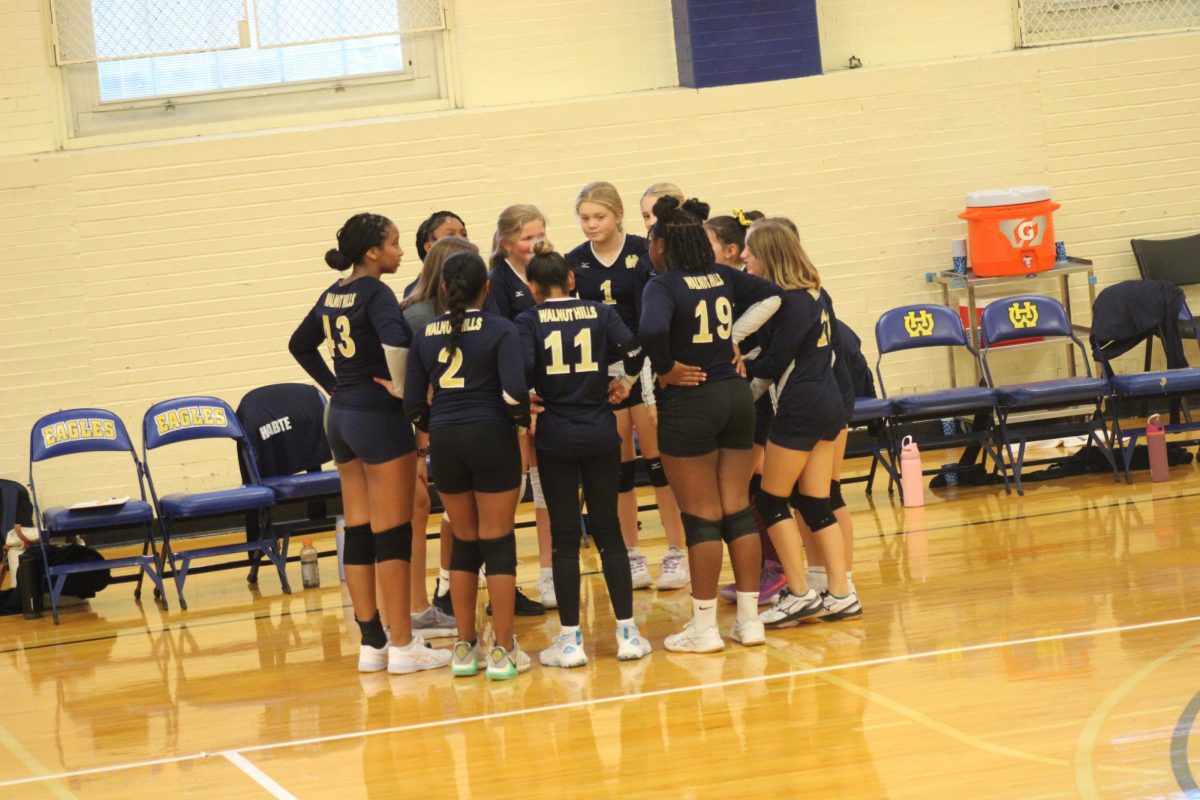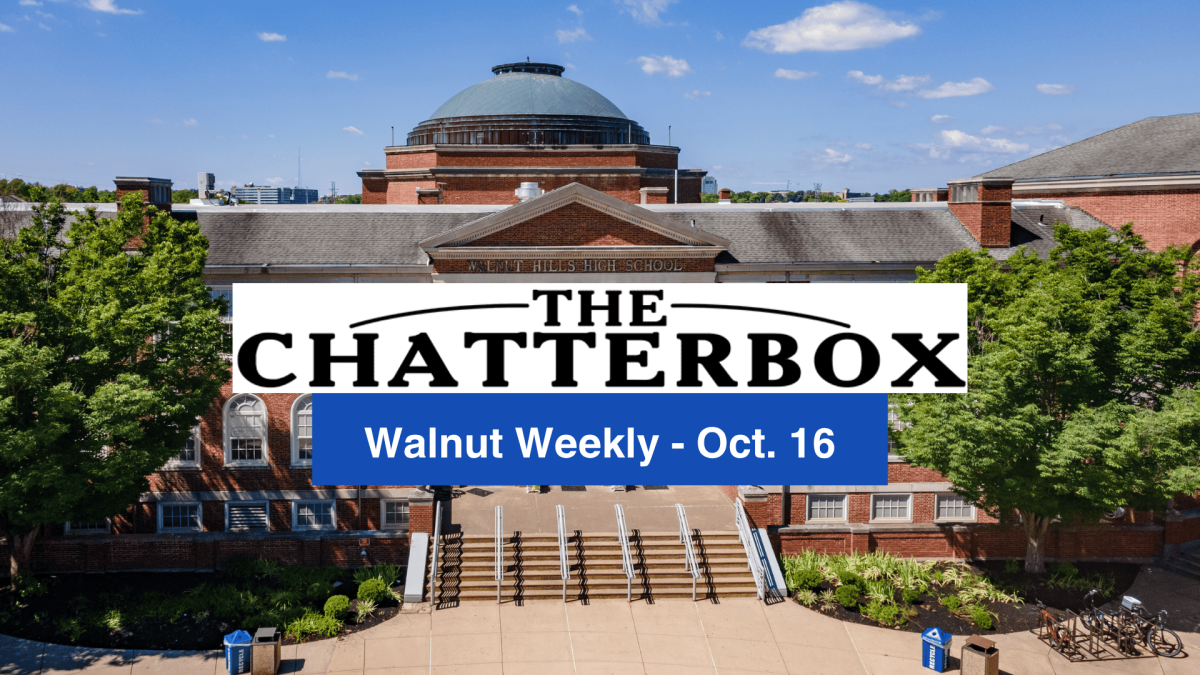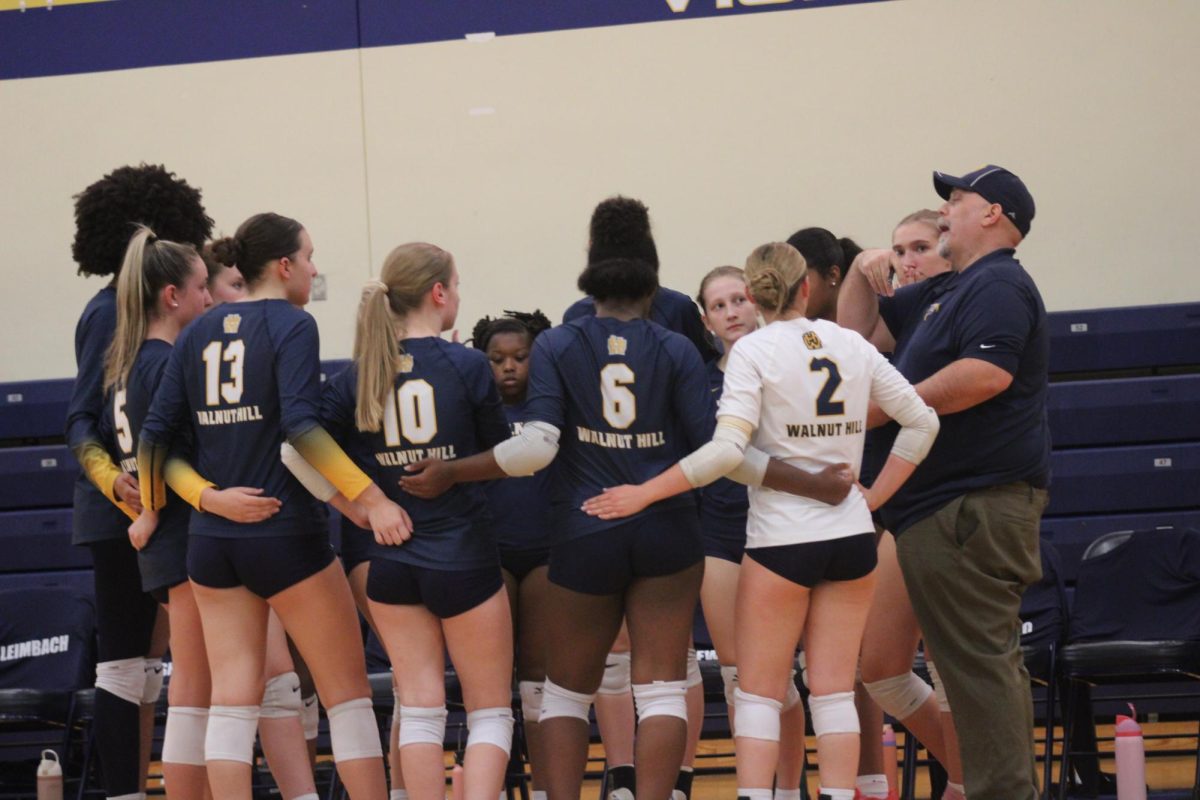False freedom
The prison of America’s gun culture
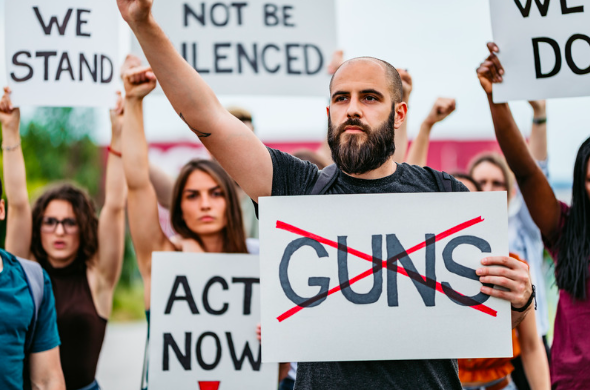
Made by Nazret Degaulle on Canva
An epidemic is described as an outbreak that spreads rapidly within one country. For this reason, gun violence in the United States is often considered an epidemic.
April 3, 2023
Six people were killed in a school shooting on March 27 at a private elementary school in Nashville, Tennessee. This was the 129th mass shooting in the United States of America in 2023, according to the Gun Violence Archive.
Some citizens took their frustrations to social media while some went to news outlets, like Highland Park shooting survivor Ashbey Beasley.
“How is this still happening? How are our children still dying and why are we failing them?” Beasley said moments after a police press conference aired on Fox News.
Compared to other high-income countries, the United States is an outlier in the total amounts of mass shootings. The gun death rate is nearly 26 times higher than in other developed countries, according to gunpolicy.org.
Because of this, hearing about mass shootings on the news or social media has become mainstream for citizens of America. Even still, only roughly half of the country favors efforts for stricter gun control according to the Pew Research Center’s April 2021 survey.
The reason for this daunting fact is not that simple. The United States contains less than 5% of the world’s population but is home to 46% of the world’s civilian-owned guns, according to the most recent report by the Switzerland-based Small Arms Survey (2018).
“America is facing an unprecedented gun violence crisis,” Kristen Rand, VPC Government Affairs Director, said in an interview with New Jersey radio station 101.5. “The evidence could not be more compelling that our spiraling gun death rates are driven by exposure to firearms.”
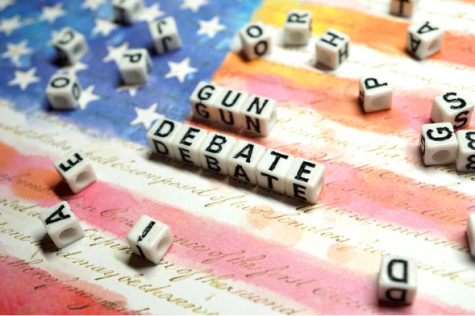
(Made by Nazret Degaulle on Canva)
There is a strong correlation between the number of guns a country possesses and the number of gun deaths that country has. So, since the amount of people who own a gun is significantly higher in the United States than in any other country, the gun homicide rate is also much higher than in any other high-income country.
Only three countries in the world, including the United States, have declared bearing arms as a constitutional right. But unlike the United States, the other two countries, Mexico and Guatemala, have restrictions on gun ownership in their constitutions. Mexico and Guatemala also have a significantly lower gun ownership rate, nearly a tenth of the United States’ percentage.
Gun violence is particularly concentrated in America for many reasons. In the United States, owning a gun symbolizes freedom to some. The idea of guns being used for self-defense is also an idea specific to American culture. Critics of gun control argue that gun owners are within their rights as U.S. citizens to own a gun and shouldn’t focus on gun ownership to solve gun violence.
“Our elected leaders should be supporting those law-abiding Americans instead of finding more ways to hinder their right to defend themselves,” Katie Pointer Baney, managing director of government affairs for the U.S. Concealed Carry Association (USCCA), said in a statement.
However, many professionals reject the idea that more civilian-owned guns will decrease the amount of gun violence in the United States.
“The idea that the solution to mass shootings is that we need more guns in the hands of more people in more places so that we’ll be able to protect ourselves — there’s no evidence that that’s true,” Jeffrey Swanson, a professor of psychiatry and behavioral sciences at Duke University, said.
Overall, the right for an American to own a gun is also well-rooted in American history. The Bill of Rights, passed in 1791, declared “A well-regulated Militia, being necessary to the security of a free State, the right of the people to keep and bear Arms, shall not be infringed.”
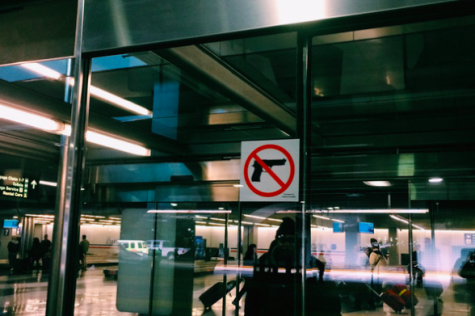
“Other countries look at this problem and say, ‘People walking around in the community with handguns is just way too dangerous, so we’re going to broadly limit legal access to that and make exceptions on the margins for people who might have a good reason to have a gun,’” Duke University professor Jeffrey Swanson said.
(Made by Nazret Degaulle on Canva)
What also stands out about the United States specifically in comparison to other countries is the political polarization the issue of “gun control” garners.
While U.S. citizens have endured tragedy after tragedy because of the large circulation of guns, views surrounding gun legislation are far from bipartisan within the government. Change has been debated after high-profile mass shootings, but large-scale legislation consistently fails to gain traction or support.
“In poll after poll, gun safety is a winning issue in elections,” David Hogg, a survivor of the shooting at Marjory Stoneman Douglas High School in Parkland, Florida, said in a statement. “Americans and young people don’t care about excuses. We care about results.”
After mass shootings, other countries such as New Zealand and Britain tightened their gun laws almost immediately. Twenty-four hours after a shooting at a mosque in New Zealand that took the lives of 51 people, the prime minister announced that gun laws would change. New Zealand’s parliament voted to ban all military-style weapons less than a month later.
Changing gun laws are increasingly different in the United States because of how the government is set up.
Restrictions such as the possibility of a filibuster and influential lobbyist groups, like the National Rifle Association (NRA), have made far-reaching legislation increasingly difficult to pass. However, smaller restrictions, such as increased background checks, have been gaining more support.
“There is an enormous need for states to act, especially in states like Texas, where today someone with a really significant history of violence can purchase unlimited quantities of weapons of war without any kind of background check, where there’s no red flag law in place to give people close to them the tools to go into a court and help be a part of preventing violence, where young people can go out and purchase their own firearms years before they can buy their first beer,” Ari Freilich, a state policy director at the Giffords Law Center to Prevent Gun Violence, said in an interview with The Texas Tribune.
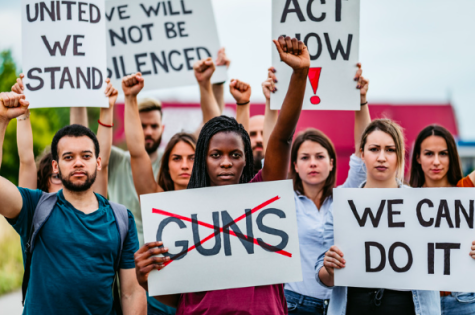
Although constrained by the second amendment, President Joe Biden announced his plan to limit gun violence on March 14 in a speech at Monterey Park, California, where 11 people died in a mass shooting during Lunar New Year celebrations on Jan. 21. Biden revealed an executive order to strengthen background checks needed before one purchases a firearm.
“It’s just common sense,” Biden said. “Check whether someone is a violent felon, a domestic abuser, before they buy a gun.”
Within the U.S.’s mass shooting epidemic are school shootings. From Jan 2009 to May 2018, the U.S. had 288 school shootings. The country with the second most shootings was Mexico, with eight.
“I just feel that we cannot continue this way, where the major cause of death for young kids is gun violence,” Jose Sanchez, mayor of Monterey Park, said in an interview with The New York Times. “That’s just inhumane.”
The rising number of school shootings in the United States has resulted in an increase in security and safety protocols in many schools. Michael Woolfork, who has been a security guard at WHHS for two years, reflects on how the security team has prepared to fight against gun violence.
“We’ve taken the ALICE drills a lot more serious here because you can never be fully and completely prepared,” Woolfork said. “We try to be more vigilant because sometimes, being more visible is the fix.”



